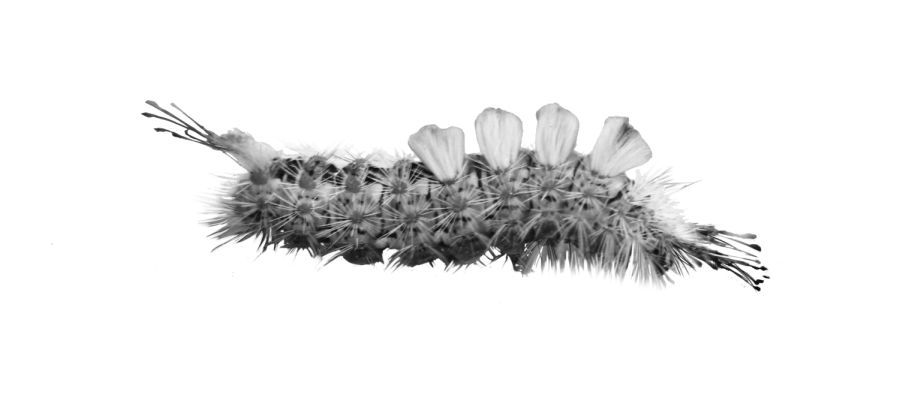Caterpillars invade Bay Area: We’ll survive, but the trees won’t
May 22, 2018
The bestselling children’s book, “The Very Hungry Caterpillar,” tells the story of a caterpillar who eats and eats in a quest to satisfy its hunger. In the Bay Area, life imitates art as hundreds of Western Tussock moth caterpillars are eating up local oak trees in what many are calling a caterpillar infestation.
These caterpillars always hatch around springtime, but this year boasted an unusually high population of these furry little creatures. The increase in caterpillars is due to an abnormally warm February, which caused many caterpillars to hatch earlier than expected. Annual insecticide sprayings performed by Mountain View city workers weren’t effective, as the chemicals weren’t fully absorbed in trees by the time the caterpillars hatched.
Now, the caterpillars are taking local yards, sidewalks and parks as their new homes. Mountain View and Los Altos city management has taken notice of the high influx of caterpillars this year, but are only taking action with more insecticide in high-use areas.
“The caterpillars eat the foliage of many plants, devouring large portions of the leaves, and can defoliate entire trees,” Bruce Hurlburt, the Mountain View Parks and Open Space manager, said.
Be careful when standing under any leafy trees because these caterpillars are known for dropping on unsuspecting passersby. They aren’t venomous, but they can cause skin irritation and possibly more severe reactions.
“I was running and I have eczema, so my skin is very sensitive to anything,” sophomore Sachi Ottoes said. “A caterpillar fell on my face while I was running underneath a tree. It stung a little bit, and I freaked out and slapped it off. But while I was running, the pain started building a little bit and then I realized I couldn’t smile on half of my face.”
If a caterpillar causes skin irritation or causes a reaction on your skin, you should remove the small hairs found on a caterpillar with tape and wash the affected area.
“The best way to prevent or reduce caterpillar populations is to physically remove or squish the cocoons so the moths don’t hatch and mate,” Hulburt said. If these cocoons hatch, they will release Western Tussock moths, which eat through fabric, especially clothes.
Los Altos High School does not have many oak trees, so the caterpillar infestation has not affected us as much. However, there are still caterpillars on the underside of the overhangs in the back of the 900s wing and on the walls of several buildings, so don’t forget to look out and look up.







sidd | Oct 11, 2018 at 12:14 pm
great article!! very informative